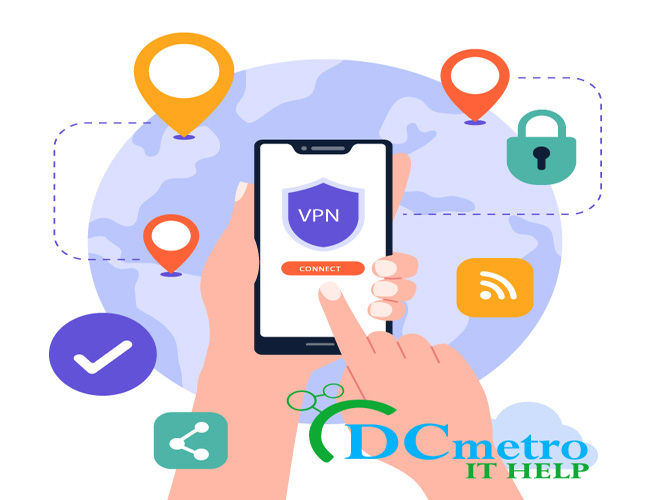With the ever-increasing reliance on mobile apps and the growing popularity of Wireless Application Protocol (WAp), ensuring the security of these applications has become a paramount concern. WAP security focuses on safeguarding mobile apps, ensuring data integrity, protecting user privacy, and mitigating potential threats. In this article, we explore the significance of WAP security and the measures that developers and users can take to enhance mobile app security.
Contact us 202-810-7755 today to learn more about WAP Solutions. Please contact us for setup WAP for your business or if you have any questions or concerns.
DC Metro IT Help
Understanding WAP and Its Security Implications
Wireless Application Protocol (WAP) is a technology that enables wireless devices, such as smartphones and tablets, to access web-based content and services. As mobile app usage skyrockets, the risks associated with data breaches, unauthorized access, and malware attacks also increase. WAP security involves implementing protocols, standards, and practices to protect the data and communications of mobile users.
Common WAP Security Threats
- Data Interception: Unencrypted data transmitted between the mobile app and server can be intercepted by malicious actors. Sensitive information, such as login credentials or financial data, becomes vulnerable to theft.
- Malware and Viruses: Mobile devices are susceptible to malware and viruses that can infiltrate the system, steal data, and compromise the app’s functionality.
- Man-in-the-Middle Attacks: Hackers can intercept communication between the mobile app and the server, manipulating data or injecting malicious content, leading to unauthorized actions.
- Unauthorized Access: Weak authentication mechanisms can allow unauthorized users to gain access to sensitive user information and perform unauthorized actions.
- Data Leakage: Some mobile apps may unintentionally leak sensitive user data due to poor coding practices or insecure storage methods.
Enhancing WAP Security
- Secure Authentication: Implement strong authentication methods, such as two-factor authentication (2FA) or biometric authentication, to prevent unauthorized access to user accounts.
- Encryption: Encrypt data transmitted between the mobile app and server using robust encryption protocols (e.g., HTTPS) to thwart data interception.
- Regular Updates: Keep the mobile app updated with the latest security patches and fixes to address vulnerabilities and bugs.
- Code Review and Testing: Conduct thorough code reviews and security testing throughout the development process to identify and address potential security flaws.
- Secure Data Storage: Store user data securely by using encryption and ensuring data is only accessible to authorized personnel.
- User Permissions: Implement granular permission settings to limit the data and features accessible to the app based on user roles.
- Mobile Device Management (MDM): Employ MDM solutions to monitor and manage mobile devices, ensuring compliance with security policies and remote wiping capabilities in case of theft or loss.
- Secure APIs: If the app communicates with external services through APIs, ensure that these APIs are secure and protected against common attacks like SQL injection or API abuse.
- User Education: Educate users about mobile app security best practices, including avoiding suspicious links, regularly updating apps, and being cautious with app permissions.
As WAP technology continues to advance and mobile apps become an integral part of our lives, ensuring robust security measures is essential to protect user data and privacy. By prioritizing secure authentication, encryption, regular updates, code review, and user education, developers can build more secure WAP-enabled mobile apps. Additionally, users must stay vigilant, maintain their devices, and exercise caution when interacting with mobile apps to enhance overall security in the WAP era. Ultimately, the collective efforts of developers and users are crucial in fostering a safer and more secure mobile app ecosystem.



Leave a Reply